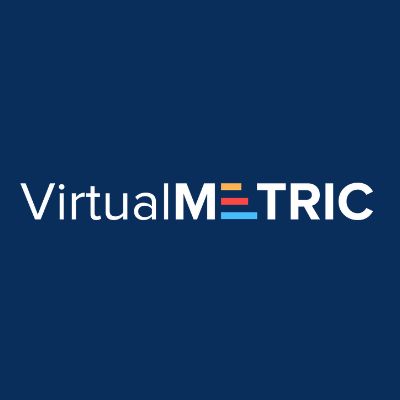How To Evaluate Potential IT Monitoring Solutions
by
March 14th, 2021

VirtualMetric is an all-in-one infrastructure monitoring, inventory and change tracking solution.
About Author
VirtualMetric is an all-in-one infrastructure monitoring, inventory and change tracking solution.